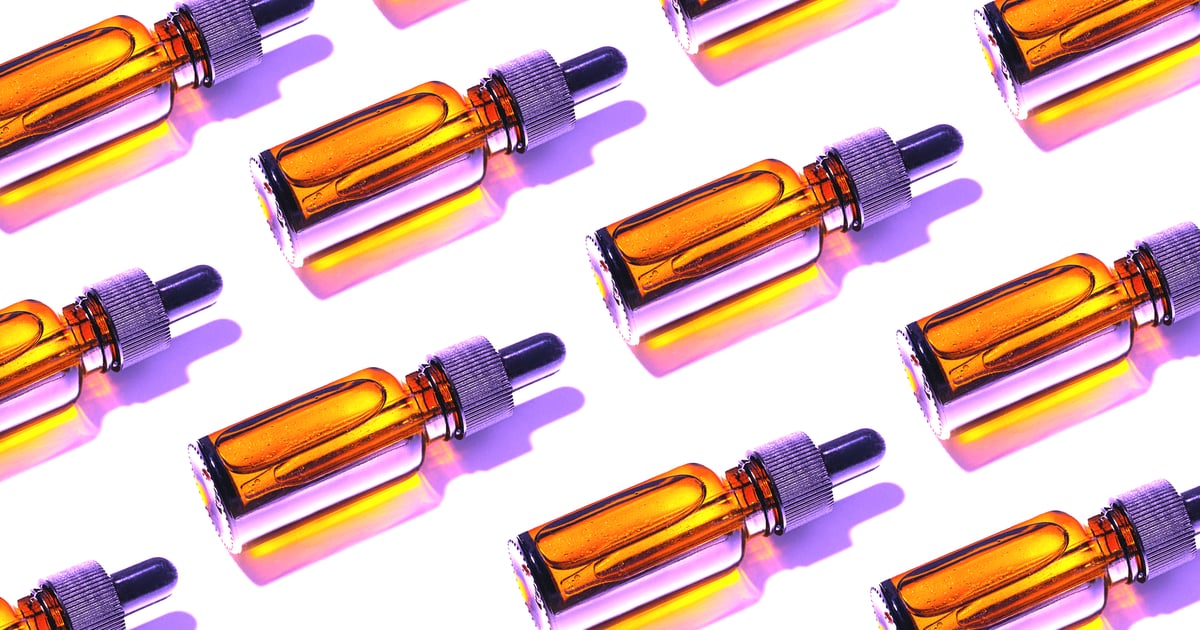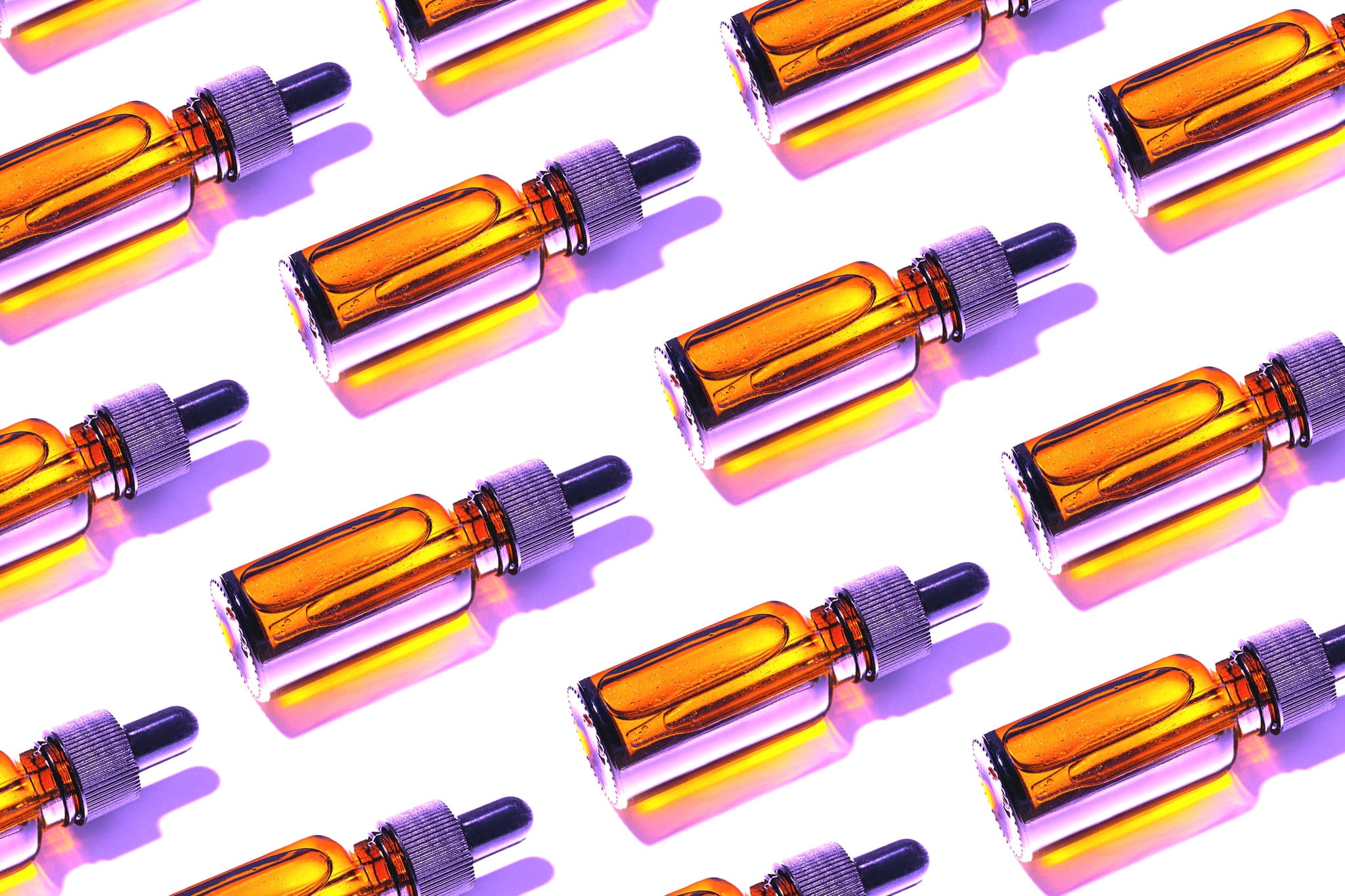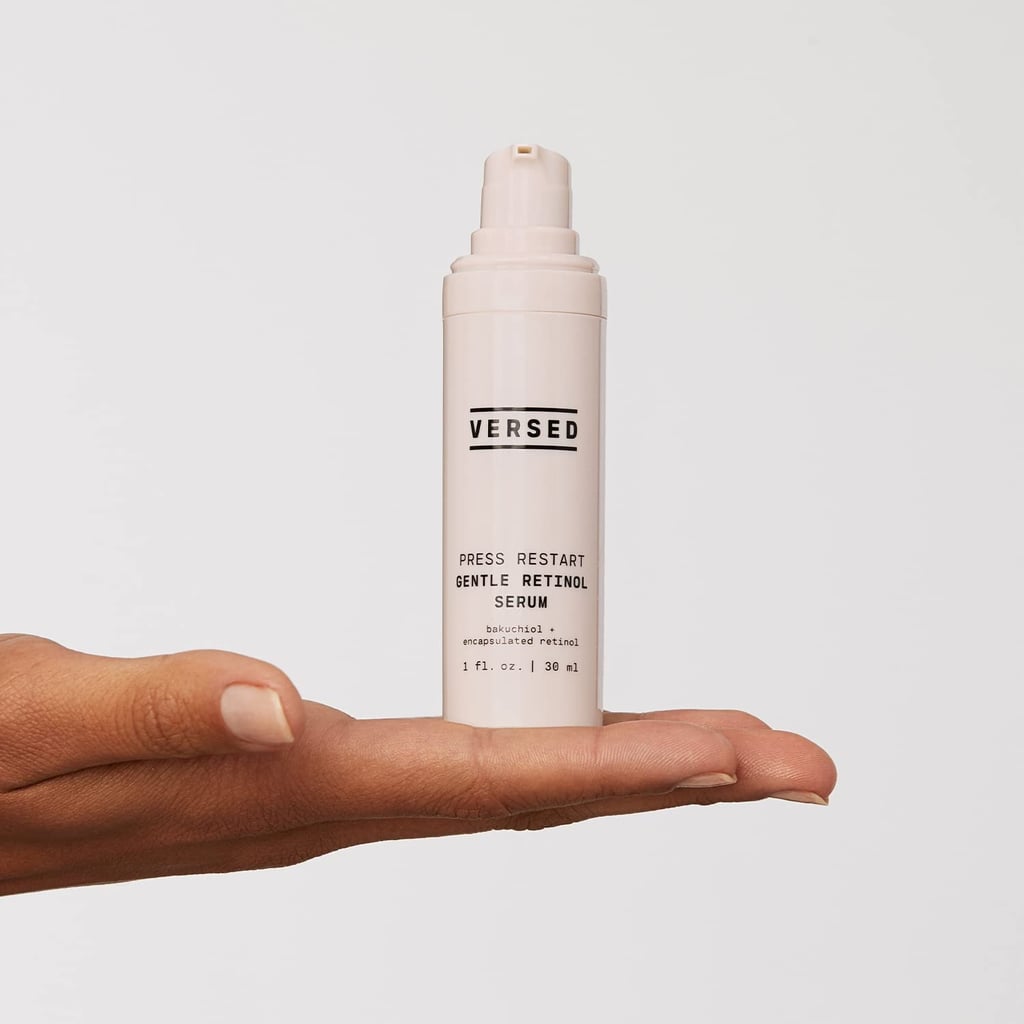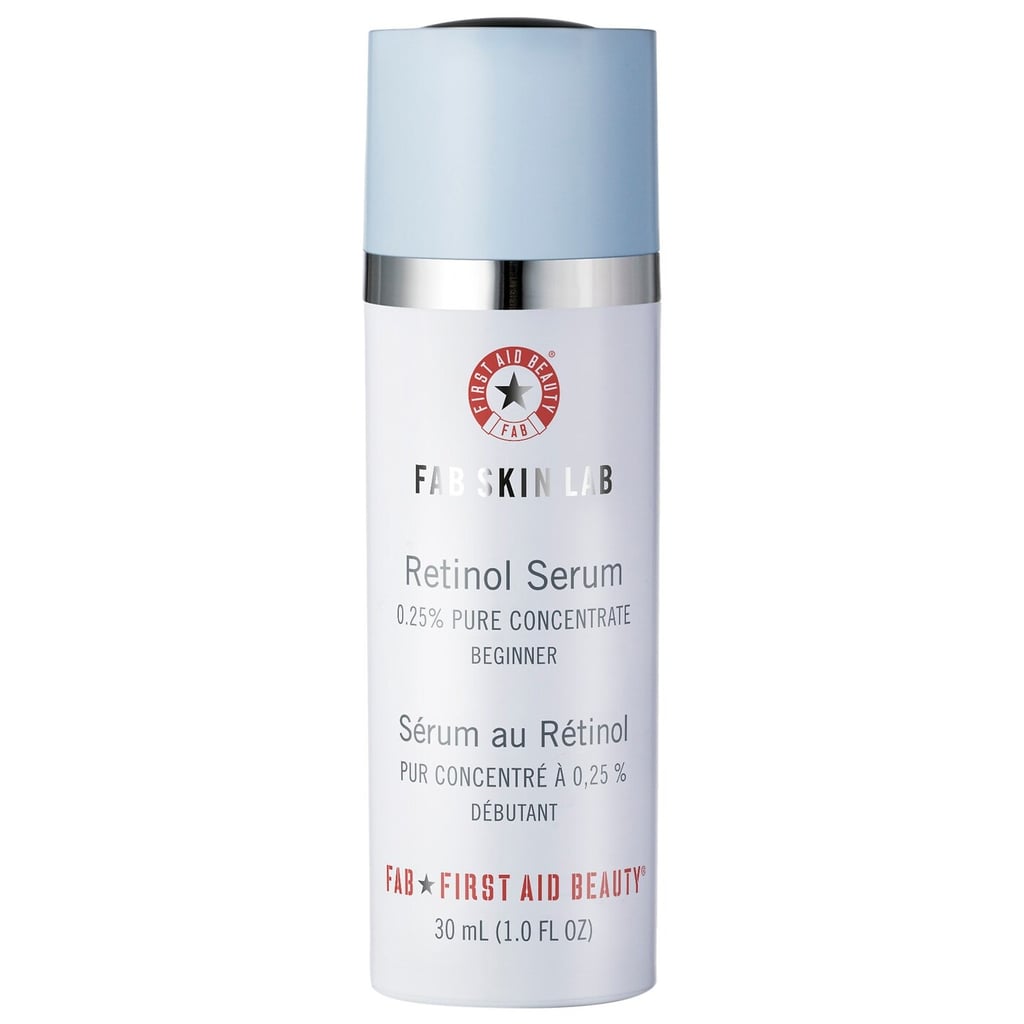Retinol: You’ve heard of it. You’ve seen the name splashed across the internet and listed on ingredients lists of products in the beauty aisles. You feel like you can’t escape it. Honestly, it’d be an impressive feat if you’ve managed to avoid the hero skin-care ingredient up until now. But you can’t look the other way forever — at least not if you want to target fine lines, wrinkles, dark spots, or even acne.
Despite all the retinol products out there, this active remains one of the most intimidating and hard-to-understand ingredients in the beauty industry. That’s because everyone has a different experience with it. One person’s glowing complexion is another person’s flaky, irritated skin. Still, having an in-depth understanding of what the ingredient is, what it can do for you, and how to use it may be the key to finally experiencing all the good it can do (because it can do a lot of good). So if you’re a first-time user, we’re breaking down everything you need to know to make retinol work for you. We promise it’s not as scary as it seems.
How Can Retinol Benefit Your Skin?
First, it’s important to understand the ingredient itself. Retinoid is the blanket term for derivatives of vitamin A that get converted into retinoic acid. Retinol is the most common type of retinoid and contains a lower concentration of the active retinoic acid ingredient than other retinoids. Because retinol is less potent, retinol products are easy to purchase over the counter, unlike products that feature other, more potent types of retinoids and require a prescription to procure. For example, a 0.1 percent retinoid cream you’d get from your dermatologist is much stronger than a one percent retinol cream you’d purchase from the drugstore. Since retinol features a smaller concentration of retinoic acid, it may be more tolerable and less irritating, especially for those with sensitive skin.
To understand what retinol can do for your skin, it’s helpful to first understand what vitamin A is and how it affects your body. Vitamin A is essential to new cell growth and stimulating collagen production. When cell turnover slows down, signs of aging become more visible. Think: wrinkles, fine lines, dark spots, discoloration, and uneven texture.
When applied topically via a skin-care product, retinol can help reduce signs of aging: strengthening the epidermal protective function, reducing transepidermal water loss, and protecting collagen from degrading. It can also help treat acne by decreasing sebum production and preventing dead skin from clogging pores through cell turnover. In other words, it may just be the holy grail ingredient you’ve been seeking for a smoother, brighter, and more even complexion.
How Often Should You Use Retinol?
Slow and steady wins the race when it comes to retinol — it’s best to gradually introduce the ingredient into your regimen. Dermatologists often advise that your skin may need time to “retinize,” or work up its tolerance, for about six weeks before you can use it with more frequency or at a higher concentration. For example, consider starting out by using it once a week for six weeks to get your skin acclimated before progressing to using it twice a week.
What Other Skin-Care Ingredients Should You Avoid Alongside Retinol?
Because retinol is a harsh active ingredient, it’s recommended to avoid mixing and layering it with other harsh actives (i.e. salicylic acid, glycolic acid, vitamin C, etc.) or using it on days when you exfoliate to help avoid irritation.
How Should You Apply a Retinol Product?
Apply a pea-sized amount and wait for it to fully absorb (ideally 20 minutes) before applying a moisturizer, since any product applied quickly after may dilute the retinol. However, some users, especially those with sensitive skin, may benefit from a method called the retinol sandwich, in which a layer of retinol is sandwiched in between two layers of moisturizer to purposely help dilute the effects of the retinol and reduce irritation.
The gentle Versed Press Restart Gentle Retinol Serum ($22) is specifically formulated for sensitive skin, making it an ideal starter retinol product. The retinol is microencapsulated, meaning the active ingredient is time-released and penetrates deep down into skin to help prevent surface irritation. The First Aid Beauty Fab Skin Lab Retinol Serum ($58) another good option for first-time users. It’s formulated with 0.25 percent retinol, along with nourishing ingredients like hyaluronic acid, vitamins C and E, aloe, colloidal oatmeal, allantoin, and ceramides to help counteract any irritation, redness, or dryness.
On your retinol “off” days, apply soothing and moisturizing products to give your skin a chance to recover before it’s time for your next “on” day. Additionally, retinol can make your skin more sensitive to UV rays, so always use retinol at night and apply a broad-spectrum SPF 30 or higher the morning after use.
What Should You Expect When Using Retinol For the First Time?
Because your skin is experiencing more rapid cell turnover, light flaking or peeling and worsened acne is completely normal for the first few weeks as your skin purges. It’s also common for first-time retinol users to experience mild irritation, dryness, and sun sensitivity as your skin adjusts, but anything beyond that — intense flaking, redness, even burning — is a sign that you should stop and consult your dermatologist.
Lastly, be patient — it can take up to 12 weeks for you to start to see any results from retinol, so keep at it, and one day soon you’ll be wondering how you ever lived without it.
Source: Read Full Article



